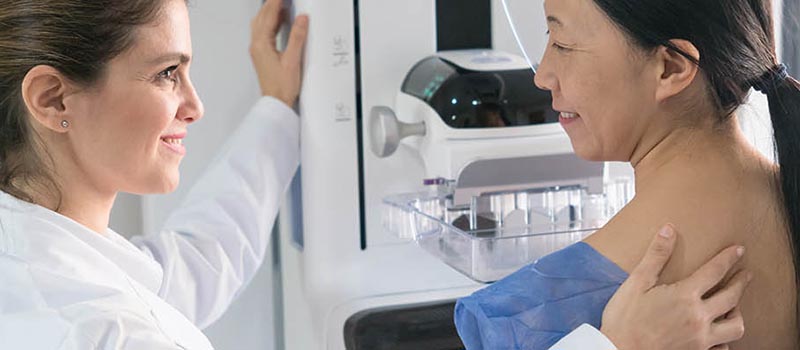Imaging and Diagnostic Services
 Imaging and diagnostic services play an important role in maintaining your breast health. Detailed images provides our physicians with the information they need to help determine if there are concerns that need additional testing. Our diagnostic tools then empower us to explore those symptoms and concerns to create a customized care plan, if needed.
Imaging and diagnostic services play an important role in maintaining your breast health. Detailed images provides our physicians with the information they need to help determine if there are concerns that need additional testing. Our diagnostic tools then empower us to explore those symptoms and concerns to create a customized care plan, if needed.
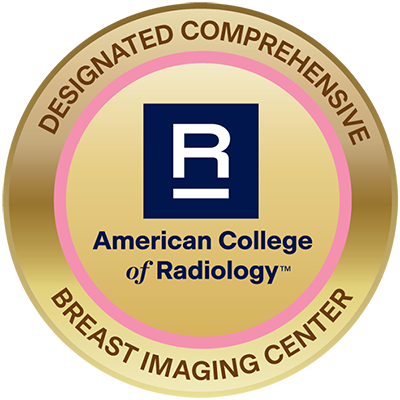 Both Mercy Fitzgerald Hospital and St. Mary Medical Center are accredited by the NAPBC. St. Mary Medical Center is an American College of Radiology (ACR) accredited Breast Imaging Center of Excellence.
Both Mercy Fitzgerald Hospital and St. Mary Medical Center are accredited by the NAPBC. St. Mary Medical Center is an American College of Radiology (ACR) accredited Breast Imaging Center of Excellence.
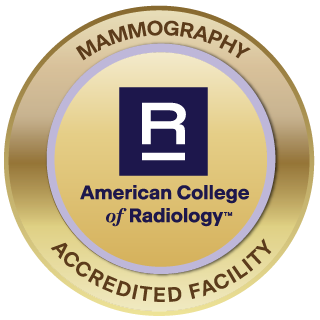
A mammogram is an X-ray examination of the breast. It is a very useful tool in detecting signs of breast disease at an early stage. The actual mammogram procedure usually takes under 10 minutes to perform. Trinity Health Mid-Atlantic offers women access to 3D mammography, also known as digital breast tomosynthesis.
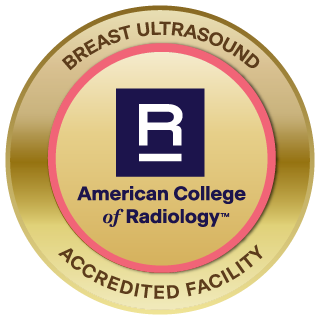 Breast ultrasound uses high-frequency sound waves that are transmitted through breast tissue from a hand-held unit called a transducer. These sound waves bounce off breast tissues and create images recorded by a computer. No radiation is used, and minimal pressure on the breast is required. A breast ultrasound is useful in allowing a radiologist to distinguish between a breast cyst and a solid mass.
Breast ultrasound uses high-frequency sound waves that are transmitted through breast tissue from a hand-held unit called a transducer. These sound waves bounce off breast tissues and create images recorded by a computer. No radiation is used, and minimal pressure on the breast is required. A breast ultrasound is useful in allowing a radiologist to distinguish between a breast cyst and a solid mass.
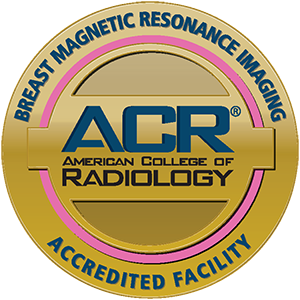 Breast MRI (Magnetic Resonance Imaging) is used to further evaluate abnormalities seen on mammography or when women are at higher risk for breast cancer. It can help determine the extent of cancer after a breast cancer diagnosis is confirmed. MRI uses magnetic forces to produce detailed images of the breast tissue on a computer.
Breast MRI (Magnetic Resonance Imaging) is used to further evaluate abnormalities seen on mammography or when women are at higher risk for breast cancer. It can help determine the extent of cancer after a breast cancer diagnosis is confirmed. MRI uses magnetic forces to produce detailed images of the breast tissue on a computer.
Breast Biopsy
A breast biopsy is the removal of tissue to be examined under a microscope. Biopsies are usually ordered in the case of abnormal test or imaging results from an area of concern of the body. The tissue samples are examined by pathologists, who check for the presence of cancer cells. A breast biopsy report will list the findings of the cancer and its characteristics.
Several different breast biopsy techniques exist and your physician will use the least invasive method depending on your case:
- Ultrasound-guided. An ultrasound biopsy will require you to lie on your back with your arm on the biopsy side above your head. Ultrasound is used to identify the target area. During your biopsy you need to lie very still since you will feel pressure, and possibly mild pain, as the ultrasound guides the biopsy needle into target area and take samples.
- Stereotactic-guided or 3D tomographic. Radiologists use specialized mammography machines to help pinpoint any suspicious areas. These machines provide X-rays from two different angles. The two sets of images guide the radiologist to the area of concern as they remove tissue samples.
- MRI-guided. An MRI breast biopsy is a procedure that uses computer technology to guide a needle to an abnormality seen on MRI. The abnormality usually cannot be felt on breast self-examination or clinical examination by your primary care physician or seen by mammogram or ultrasound of the breast.
- Surgical excisional biopsy. An excisional breast biopsy is a surgical procedure to remove a mass, or lump, from your breast. This procedure may also be called a lumpectomy. An excisional breast biopsy is done to diagnose one or more lumps in the breast. The mass and tissue sample is sent to a lab and checked for cancer.

